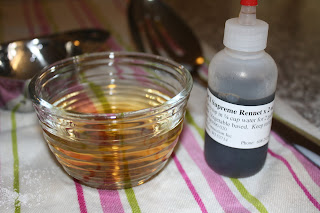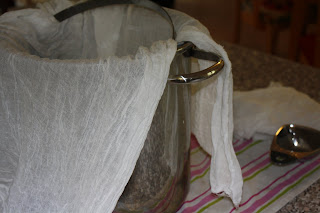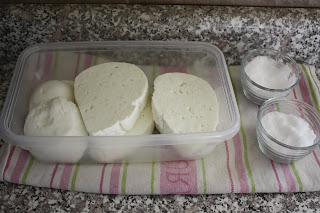
Like goats, goats owners are known to make their own path. If you need any proof of this google any goat question and you will be amazed at the wide range of answers. What should a dairy goat eat? When should the kids get their CDT shots? Should a pregnant goat get a BoSe injection in Maine? For any one question, goat owners are doing things in a million different ways and it is no different with goat cheese makers. Once a cheese maker moves beyond the no fail packages of prepared starter and rennet, you are on your own with a thousand options. (Thankfully goat owners are incredibly generous with their knowledge and experience, so you are never really alone.) While the cheese making process is amazingly simple and virtually the same no matter what type of cheese you want to make, the details matter and can produce dramatically different results depending on a million factors. This magic so appealing to me. The fact that my water, the hay the goats eat, the forage available in the field, the culture I order and how happy the goats are all play a role in what ends up on the cheese plate is a wonderful reminder that food is not something we can mass produce and still get the same delicious results. It is both simple and complicated and completely connected to the well being of the cheese maker and animal! This summer it is my goal to make cheese every other day. I will post my results on my quest for the perfect, irresistible cheese! This first one was mighty delicious, a great start to the summer.
FIRST SUMMER CHEVRE-JUNE 18
2 gallons milk
1/4 tsp DVI culture from France (Danisco MM100) for 2-5 gallons
Mixed 1/2 tsp vegetable rennet in 1/4 cup water, then used 2 tbs of mixture
(I read goat's milk needs less rennet)
•Pasteurize milk then cool to 80F.
•Add culture and let culture sit on surface for a couple of minutes.
•Gently stir with up ad down motion.
•Add rennet and stir.
•Let sit about 7 hours.
(I look for the curd to pull away from edge of pot and the whey to cover surface of curds.)
Note: This recipe is causing my curds to set up quickly, can take much longer.
In thin slabs gently transfer curds to a bag
Drain for 5 hours.
Add salt.
Put in fridge for the night.
The next morning we shape into logs and add herbs. (Dill looks especially pretty rolled onto the outside of cheese mixed with salt and Herbs de Provence.)
Notes:
Target PH for goat milk is 6.4
Our fresh milk tests at 6-7 on June 18.
We are making cheese every 2-3 days.
June 22-Getting 10 cups a day milking in the morning only.
5 does. (One gives barely any milk, one gives twice the amount of any other goat.)

























